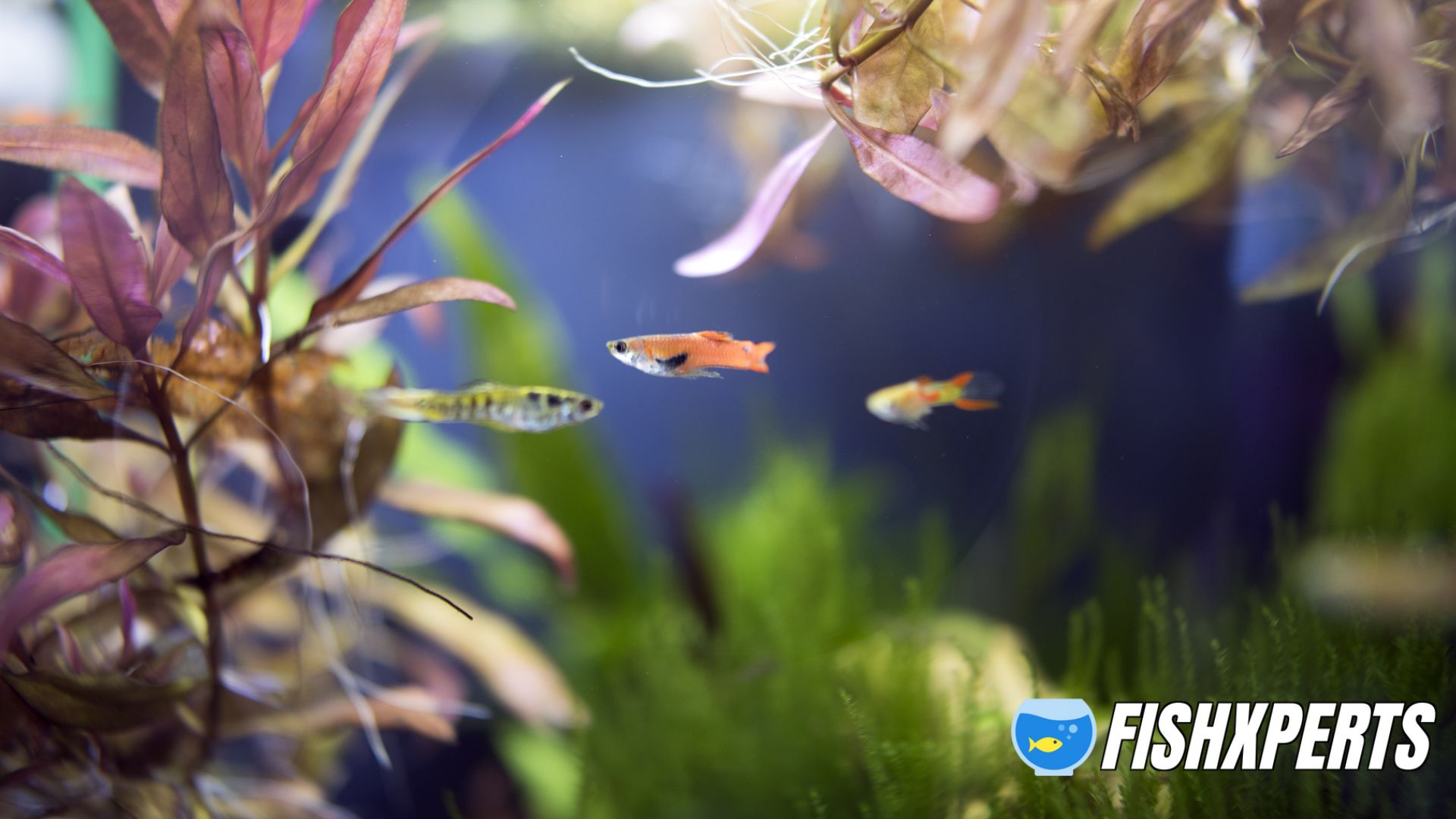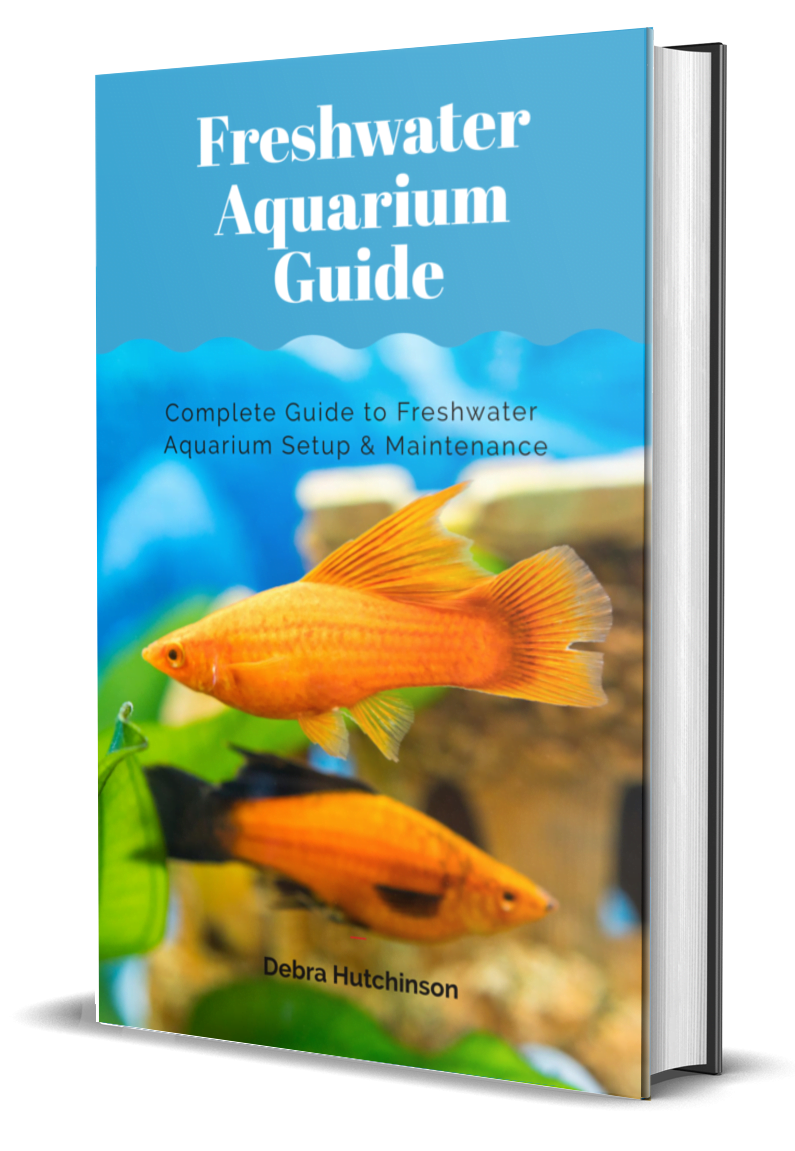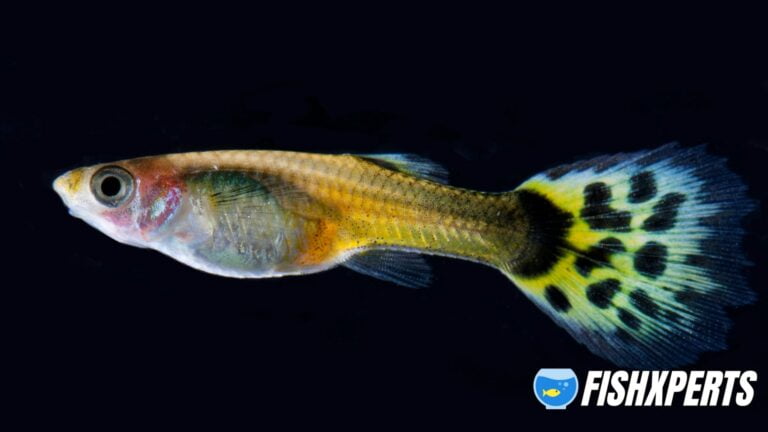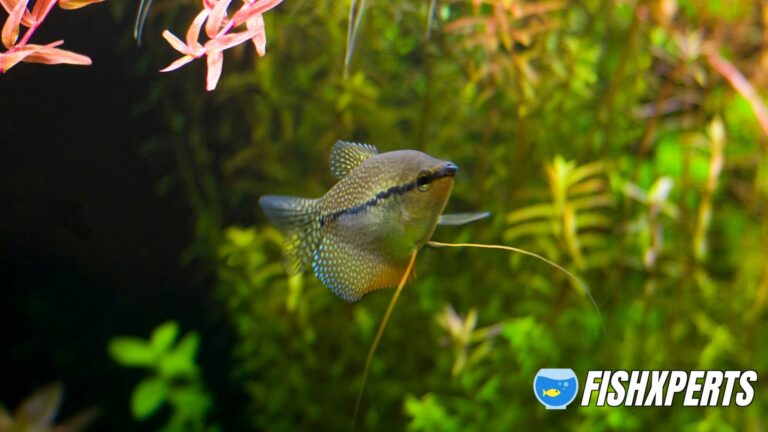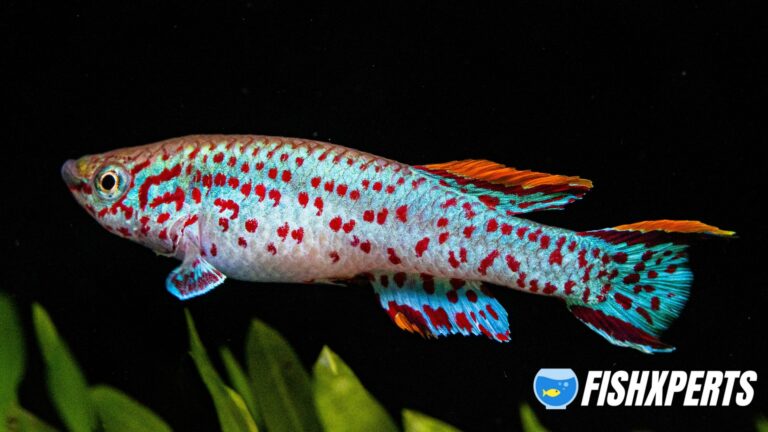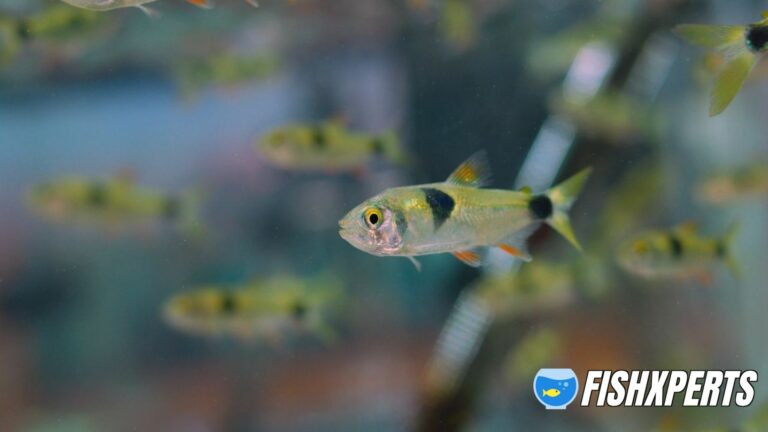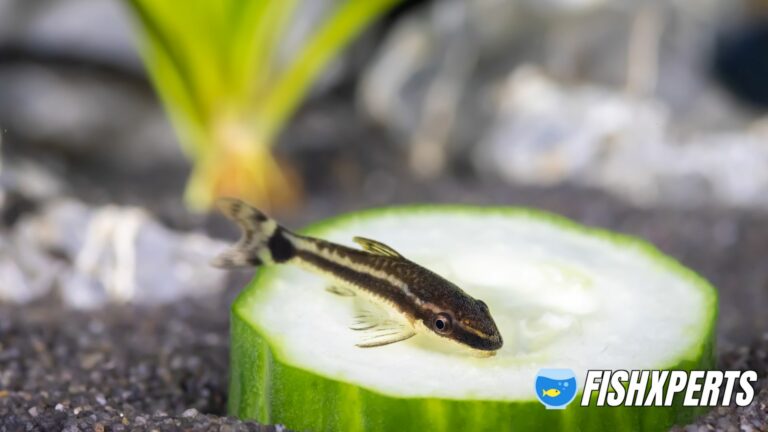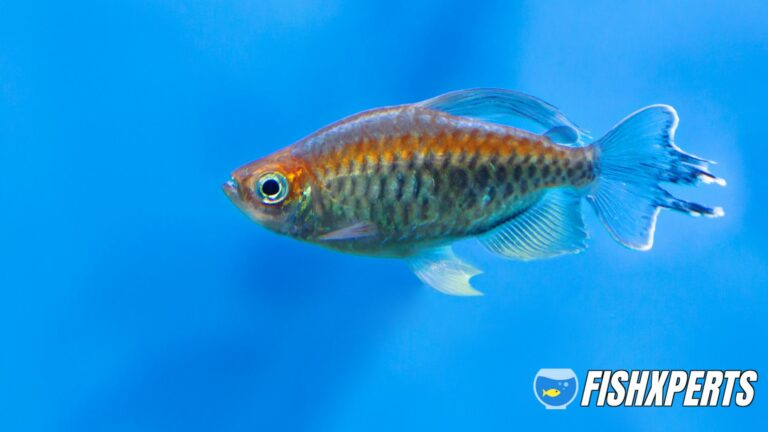Endler’s Livebearer Care
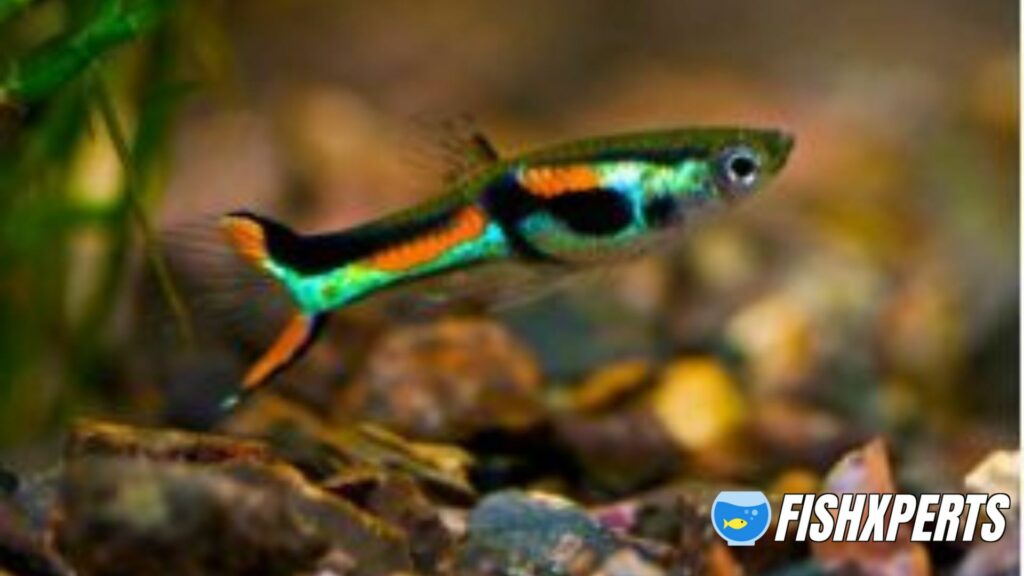
Endler’s Livebearer Care Tips In Brief
- Endler’s livebearer is a beautiful and popular fish that is relatively easy to care for. They are hardy and can tolerate a wide range of water conditions, making them a great choice for beginner aquarists. With proper care, Endler’s livebearer can thrive in your aquarium and provide you with years of enjoyment.
- Endler’s livebearers are a small species of freshwater fish native to South America. They are closely related to guppies and mollies, and like these fish, Endler’s livebearers are live-bearing. This means that they give birth to live young, rather than laying eggs.
- Endler’s livebearers are a popular choice for aquariums, as they are relatively easy to care for and make interesting pets. They are also relatively small fish, so they can be kept in smaller tanks than some other species of fish.
If you are thinking of keeping Endler’s livebearers in your aquarium, there are a few things you need to know about their care. In this article, we will cover everything from tank size and water conditions to diet and common health problems.
What is an Endler’s Livebearer
Endler’s livebearers are a species of small freshwater fish native to South America. They are closely related to guppies and mollies and share many of the same characteristics, including the ability to give birth to live young.
Endler’s livebearers are small fish, typically only growing to be a few inches long. They are brightly colored, with males often being more brightly colored than females. The males also have longer fins than the females.
Endler’s livebearers are relatively easy to care for and make a good choice for beginner aquarium keepers. They are peaceful fish and can be kept with other peaceful species. They are also tolerant of a wide range of water conditions, making them adaptable to a variety of aquariums.
Endler’s livebearers are easy to breed and can quickly overpopulate an aquarium if not properly managed. It is important to provide plenty of hiding places for the females if you do not want them to be constantly harassed by the males. It is also important to keep an eye on the population and remove excess fish as necessary to avoid over crowding.
Are Endlers easy to take care of?
In general, endlers are easy to take care of. They are hardy fish and can tolerate a wide range of water conditions. However, like all fish, they will do best if their environment is well-maintained. This means regular water changes, filtration, and appropriate feeding.
Are Endlers livebearers aggressive?
Endlers are not aggressive, but they are very active fish. They are constantly swimming and exploring their surroundings.
Habitat in the wild
Endler’s livebearers are found in freshwater streams and ponds in Venezuela and Trinidad. They prefer waters that are heavily vegetated with plenty of hiding places. In the wild, Endler’s livebearers are found in small groups or pairs. Males are often found alone.
Appearance
Endler’s livebearers are small, brightly-colored fish that are native to South America. The males of the species are particularly colorful, with vivid patterns of orange, black, and white on their bodies. The females are more drab in comparison, but still have attractive patterns of coloration. Endler’s livebearers are small fish, typically only growing to be about 1-2 inches in length.
Are Endler’s really guppies?
Endler’s are guppy-like fish that are native to South America. They are not true guppies, but they are closely related. Endler’s are smaller than guppies and have different color patterns. They are popular aquarium fish because they are hardy and easy to care for.
Identification
Endler’s livebearers are typically about 1-2 inches (2.5-5 cm) long, although some species can grow up to 3 inches (7.5 cm) long. They are brightly colored, and males often have more colorful patterns than females.
Endler’s livebearers are not difficult to care for, and they make good aquarium fish. They are peaceful and can be kept with other peaceful fish. They do best in an aquarium with plenty of hiding places and plants.
Endler’s livebearers are not currently endangered, but some species are threatened by habitat loss.
Lifespan
Endler’s livebearers are one of the longest-lived freshwater fish species, with a lifespan of up to 10 years in captivity. In the wild, their lifespan is shorter, typically only 2-3 years. The main factors influencing their lifespan are water quality and diet.
Endler’s livebearers are relatively easy to care for and make good aquarium fish. They are hardy and adaptable, and can tolerate a wide range of water conditions. However, to ensure a long lifespan, it is important to provide them with clean, well-oxygenated water and a nutritious diet.
Average Size
Endler’s livebearers are small fish, with males reaching a maximum size of around 1.5 inches (3.8 cm) and females 2 inches (5.1 cm). They are livebearing fish, meaning that they give birth to live young rather than laying eggs. Endler’s livebearers are not typically bred for size, but rather for their distinctive color patterns.
Tank Size
Endler’s livebearers are small fish that do not grow very large. As such, they do not require a large tank. A 10 gallon (37.9 L) tank is sufficient for a small group of Endler’s livebearers. If you wish to keep a larger group, a 20 gallon (75.7 L) tank would be a better option.
When choosing a tank for Endler’s livebearers, it is important to consider the other fish that will be sharing the tank with them. Endler’s livebearers are peaceful fish, and do well with other peaceful fish that are of a similar size. They should not be kept with fish that are much larger than them, as the larger fish may bully or harass the Endler’s livebearers.
Water Parameters
Endler’s livebearers are tropical fish and prefer water with a temperature of 72-82 degrees Fahrenheit. They also prefer a slightly acidic to neutral pH level of 6.5-7.5. They are not overly sensitive to water hardness, but prefer soft to medium hardness levels.
When kept in home aquariums, it is important to maintain these water parameters to ensure the health and well-being of your fish. Regular water changes and filtration will help to keep the water clean and the fish healthy.
Tank Setup
An Endler’s livebearer tank should be set up with live plants and plenty of hiding places. Hiding places can be created with rocks, driftwood, and live plants. A minimum tank size of 10 gallons is recommended.
The tank should be heavily planted with a variety of live plants. Live plants will help to oxygenate the water and provide hiding places for the fish. An aquarium heater is also necessary to maintain the water temperature between 72-78 degrees Fahrenheit.
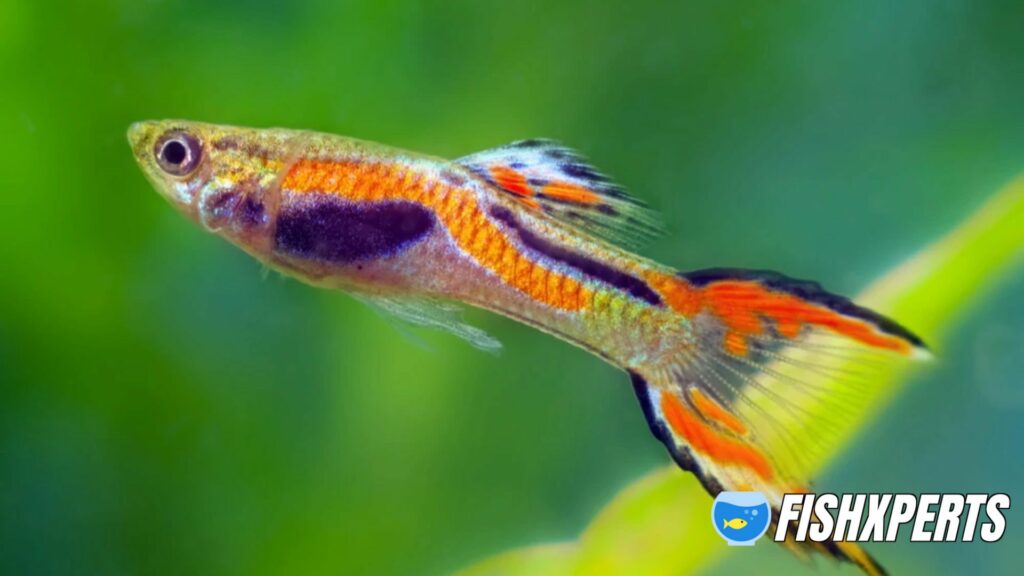
Endler’s livebearers are peaceful fish and can be kept with a variety of other peaceful fish. Good tank mates include other livebearing fish, such as guppies and mollies, as well as small peaceful fish such as neon tetras and dwarf gouramis.
Do Endlers livebearers need a heater?
While Endlers livebearers can tolerate a wide range of water temperatures, they do best when kept between 72-78 degrees Fahrenheit. A small aquarium heater can help maintain consistent water temperatures in your tank.
How many Endlers livebearers should be kept together?
Ideally, a group of 8-10 Endlers livebearers should be kept together. This will allow them to socialize and form a hierarchy. If you have a smaller tank, you can still keep a group of Endlers, but you may need to provide more hiding places so that the weaker fish can escape aggression.
Can Endlers live in a 5 gallon tank?
Yes, Endlers can live in a 5 gallon tank, but they will be much happier and healthier if they have more space. A 5 gallon tank is really only suitable for a single Endler, and even then it will need to be heavily planted and have plenty of hiding places. If you want to keep more than one Endler in a 5 gallon tank, you will need to provide them with a very carefully planned setup with lots of plants, hiding places, and a good filtration system.
How cold can Endlers go?
Endlers are a tropical fish and should be kept in an aquarium with a water temperature of between 72 and 82 degrees Fahrenheit. They can tolerate a brief period of cooler temperatures, but if the water gets too cold, they will go into shock and may die.
Filtration
Filtration is an important part of Endler’s livebearer care. There are many different types of filters available on the market, and it is important to choose the right one for your tank.
Undergravel filters are a popular choice for Endler’s livebearer tanks. These filters work by drawing water through a gravel bed, which traps debris and waste. Undergravel filters are easy to install and maintain, and they are very effective at keeping the water clean.
Canister filters are another popular option for Endler’s livebearer tanks. Canister filters are larger than undergravel filters and are more powerful. They are also more expensive and require more maintenance.
Power filters are a good choice for smaller tanks. Power filters hang on the back of the tank and draw water through a series of filters. Power filters are easy to install and maintain, and they are very affordable.
No matter which type of filter you choose, it is important to maintain it according to the manufacturer’s instructions. Regular cleaning and replacement of filter media will keep your tank clean and your fish healthy.
Water Changing Requirements
Endler’s livebearers are hardy fish and can adapt to a wide range of water conditions. However, for optimal health and growth, it is recommended to perform regular water changes.
A minimum of 10-15% of the water should be changed every week, with larger water changes (20-50%) being performed every 2-4 weeks. When performing water changes, it is important to use water that is of similar temperature and quality to the water that the fish are currently living in.
In addition to regular water changes, the filter should be cleaned and replaced every few months. A good rule of thumb is to clean or replace the filter media every 4-6 weeks.
Lighting
Endler’s livebearers are a tropical fish that originates from South America. They are found in freshwater streams, rivers, and lakes. In the wild, they are exposed to a wide range of lighting conditions, from dappled sunlight to near-complete darkness.
In the home aquarium, Endler’s livebearers do best in a setup that mimics their natural habitat. That means providing them with a range of lighting conditions, from bright to dim.
The best way to provide this range of lighting is to use a combination of artificial and natural light sources. Artificial light sources, such as LED lights, can be positioned to provide bright, direct light, while natural light sources, like fluorescent bulbs, can be placed to provide dim, diffused light.
When positioning light sources, it’s important to keep in mind that Endler’s livebearers prefer to spend most of their time near the surface of the water. So, the light source should be positioned above the aquarium, rather than below it.
In terms of the specific light spectrum that Endler’s livebearers need, they do best in a setup that provides a mix of cool and warm white light. This can be accomplished by using a combination of cool white and warm white LED lights, or by using a mix of cool white and warm white fluorescent bulbs.
Whichever light source you use, it’s important to provide a minimum of 8 hours of light per day, and a maximum of 12 hours of light per day. Beyond that, the lighting can be left on for 24 hours per day, if desired.
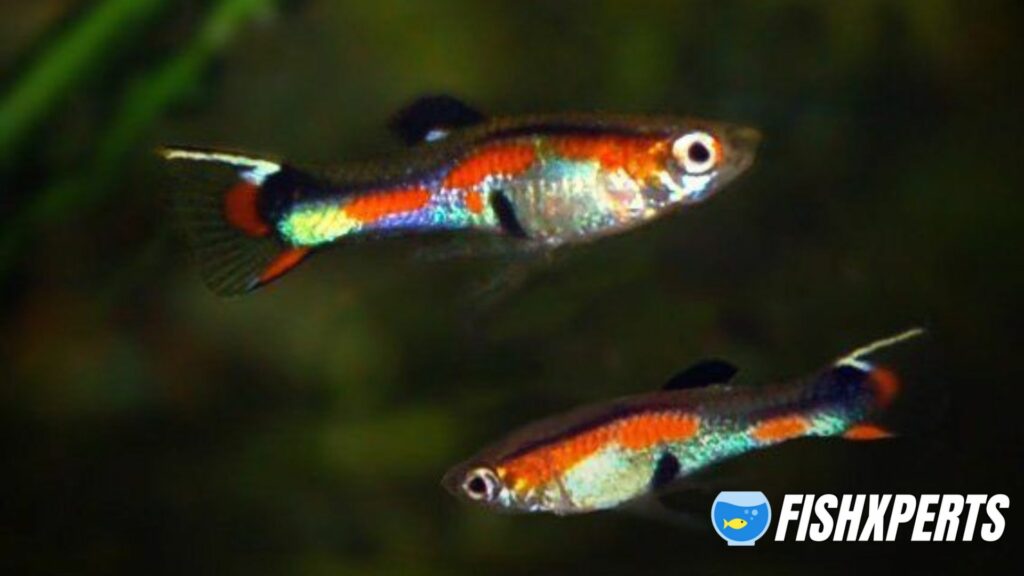
Endler’s Livebearer: Interesting Facts & Stats
- Endler’s livebearer is a small freshwater fish native to Venezuela.
- It is a member of the livebearer family (Poeciliidae), which includes such well-known fish as guppies, mollies, and swordtails.
- Endler’s livebearer is one of the smallest members of its family, growing to a maximum length of only about 1.5 inches (3.8 cm).
- The fish is named for German zoologist Karl Endler, who first described it in the scientific literature in 1975.
- Endler’s livebearer is a popular aquarium fish and is often bred in captivity.
- The fish is relatively easy to care for and can live in a wide range of water conditions.
- Endler’s livebearer is omnivorous and will eat a variety of small aquatic invertebrates as well as algae.
- The fish is livebearing, meaning that the female gives birth to live young.
- A single female Endler’s livebearer can give birth to up to 50 young at a time.
Common Diseases
Endler’s livebearers are very hardy fish, but they are not immune to disease. Some of the more common diseases that can affect Endler’s livebearers include:
- Ich: Also known as white spot disease, ich is a very common parasitic infection that can affect Endler’s livebearers. Ich is caused by a single-celled organism that penetrates the fish’s skin and multiplies. Symptoms of ich include white spots on the fish’s body, fins, and gills. Ich can be fatal if left untreated, but it is easily treatable with commercially available medications.
- Fin rot: Fin rot is a bacterial infection that can affect the fins and tail of Endler’s livebearers. Fin rot is often caused by poor water quality, and the symptoms include fraying or disintegration of the fins and tail. Fin rot can be treated with commercially available medications, but it is important to improve the water quality to prevent the infection from recurring.
- Dropsy: Dropsy is a disease that causes the fish’s body to swell up with fluid. Dropsy is often fatal, but it can be treated with antibiotics if caught early. The symptoms of dropsy include bloating, scale protrusion, and lethargy.
- Swim bladder disease: Swim bladder disease is a condition that affects the fish’s swim bladder, which is responsible for helping the fish maintain its buoyancy. Swim bladder disease can be caused by a variety of factors, including poor water quality, constipation, and genetic defects. The symptoms of swim bladder disease include difficulty swimming, floating at the surface, and unexplained death. Swim bladder disease can be difficult to treat, but there are a few methods that can be effective, such as changing the diet and adding aquarium salt to the water.
Endler’s livebearers are generally very hardy fish, but like all animals, they are susceptible to disease. By familiarizing yourself with the symptoms of some of the more common diseases, you can help ensure that your Endler’s livebearers stay healthy and happy.
Tank Mates
Endler’s livebearers are peaceful fish that get along well with other peaceful fish of similar size. They do well in community tanks with other small fish such as neon tetras, guppies, and mollies. They are not aggressive eaters and will not compete for food with other fish in the tank.
Endler’s livebearers are not compatible with fish that are known to be aggressive or nippy, such as barbs or tiger fish. They should also not be kept with fish that are much larger than them, as the larger fish may view the Endler’s livebearers as food. When choosing tank mates for Endler’s livebearers, it is important to consider the temperament of the fish and the size difference between them.
Do Endlers and guppies get along?
Yes, endlers and guppies can get along. They are both peaceful fish and will not bother each other. In fact, they may even help keep each other’s tank clean!
Can Endlers live with Mollies?
Yes, endlers can live with mollies. They are both peaceful fish that do well in community tanks.
How many Endlers should be kept together?
Ideally, a group of six Endlers should be kept together in an aquarium. If possible, try to keep them in pairs. Males and females can be kept together, but the males may chase the females if they are not in a group.
Food & Diet
Endler’s livebearers are omnivorous and will eat a variety of foods. A good quality flake food or pellet food should form the basis of their diet, and this can be supplemented with live or frozen foods such as brine shrimp, daphnia or bloodworms.
Endler’s livebearers are not particularly fussy eaters, but it is important to ensure that they are getting a varied and nutritious diet. A good quality flake food or pellet food should form the basis of their diet, and this can be supplemented with live or frozen foods such as brine shrimp, daphnia or bloodworms.
It is also a good idea to offer them some vegetable matter such as blanched spinach or zucchini. This will ensure that they are getting the necessary vitamins and minerals, as well as some fiber which is important for their digestive health.
What Do Endler’s Livebearers Eat?
Endler’s livebearers are omnivorous, meaning they will eat a variety of different foods. In the wild, their diet consists of small invertebrates and algae. In captivity, they can be fed a variety of commercially available fish foods, as well as live or frozen foods such as brine shrimp or bloodworms.
It is important to provide a varied diet for Endler’s livebearers, as this will help to keep them healthy and prevent malnutrition. If you are unsure of what to feed your fish, ask your local fish store or aquarium society for advice.
What is the best food for Endlers?
There is no definitive answer to this question as every Endler’s individual preferences and nutritional needs will vary. However, some good food options for Endlers include live or frozen foods such as brine shrimp, daphnia, or bloodworms, as well as high-quality flake or pellet foods designed for small fish. It is always best to offer Endlers a variety of food items to ensure they are getting the nutrients they need.
How Often Should I Feed Endler’s Livebearers?
Endler’s livebearers are a type of fish that are known to be easy to care for. In terms of feeding, they are not particularly fussy and will accept most types of food. In general, it is best to feed them small amounts several times a day. This will help ensure that they get the nutrients they need without overfeeding them.
Behavior & Temperament
Endler’s livebearers are peaceful, social fish that make great additions to community aquariums. They are relatively easy to care for and are considered one of the best beginner fish for those new to the hobby.
Endler’s livebearers are active fish that enjoy swimming in all areas of the tank. They are not shy and will often approach tank mates and curious aquarists. They are not known to be aggressive and get along well with other peaceful fish.
Endler’s livebearers are easy to care for and make great beginner fish. They are relatively hardy and can tolerate a wide range of water conditions. They are not demanding in terms of diet and will accept most aquarium foods.
Breeding
Endler’s livebearers are easy to breed and make great parents. They are livebearers, meaning they give birth to live young. The fry are born fully developed and able to swim and feed on their own.
Endler’s livebearers are not picky eaters and will gladly eat most aquarium foods. They are not territorial and do not need a large aquarium. A 20-gallon aquarium is sufficient for a small group of Endler’s livebearers.
Endler’s livebearers are not known to hybridize with other fish species.
To breed Endler’s livebearers, simply set up a breeding tank with plenty of plants and hiding places. The female will drop her young livebearers into the plants, where they will hide until they are big enough to fend for themselves.
Endler’s livebearers are not difficult to care for and make great beginner fish. They are peaceful and make a great addition to any community aquarium.
Do Endlers eat their own fry?
No, Endlers do not eat their own fry. They are actually quite good parents and will care for their young until they are old enough to fend for themselves.
How many babies do Endlers have at once?
Endlers usually have between 10 and 20 babies at a time.
How long are livebearers pregnant?
Livebearers are pregnant for approximately six to eight weeks. The gestation period for livebearers is relatively short when compared to other fish species. After giving birth, livebearers will typically rest for a few days before resuming their normal activities.
How much time do Endlers take to grow?
Depending on the size of the Endler’s fry when they are born, they will take anywhere from 4 to 8 weeks to grow to their full size.
Conclusion
Endler’s livebearers are a great addition to any aquarium and make excellent beginner fish. They are relatively easy to care for and are very hardy. With proper care, these fish can live for several years in the home aquarium.
Topics Covered

